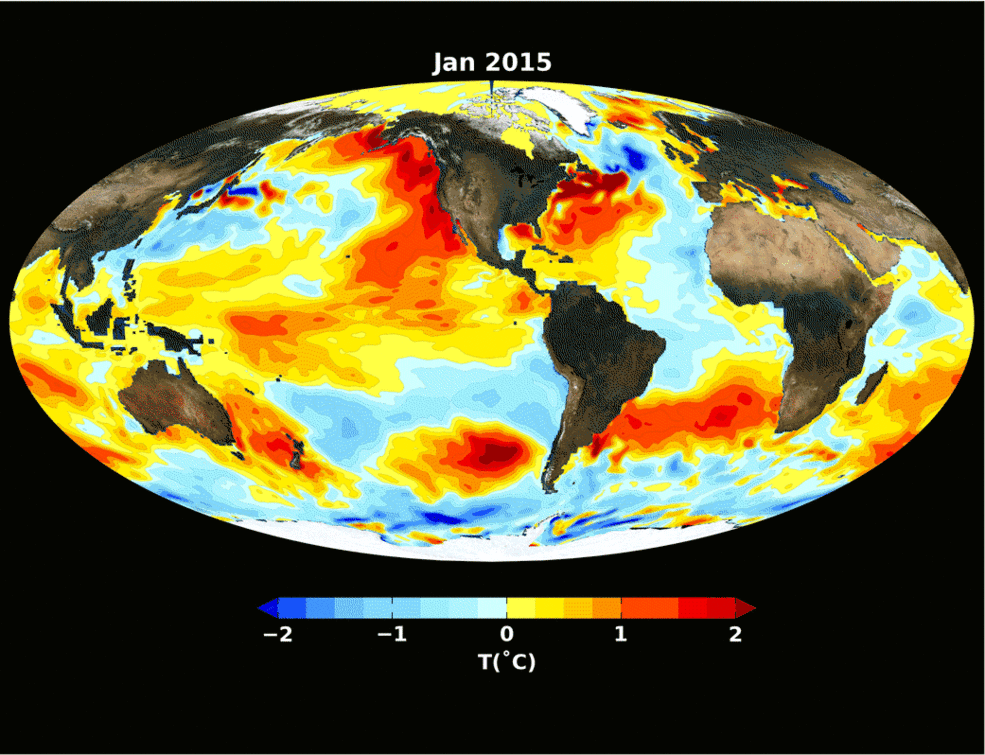Sea Level Rise

Two characteristics of climate change are resulting in sea level rise. First, the melting of ice sheets and glaciers on land are adding more water to the oceans. Second, ocean temperatures are increasing, leading to ocean thermal expansion. For more than 20 years, NASA has been tracking the global surface topography of the ocean to understand the important role it plays in our daily lives. A suite of increasingly sophisticated instruments, deployed across the oceans, on polar ice, and in orbit, reveal significant changes among globally interlocking factors that are driving sea levels higher. Since 1880, the global sea level has risen 8 inches; by 2100, it is projected to rise another 1 to 4 feet.
As we explore sea level rise around the world, new questions arise. One such question is what is driving the regional differences in sea level rise. In some parts of the world sea levels are increasing, while in other parts of the world, sea levels are decreasing or remaining relatively constant, including, in recent decades, the California coast. Thermal expansion of seawater can be the product of regional phenomena, such as El Niño, the periodic warming of the eastern tropical Pacific. However, some of these regional cycles so far show no direct link to long-term global climate change—despite, at times, independently exerting a powerful short-term influence on global climate.
Glacier and land ice melt can also be regionally different. While the ice sheets of Greenland, Antarctica and most of the world’s glaciers are melting, a distinction must be made between increased glacial discharge into the oceans due to global warming, a more permanent type of ice loss, and regional changes in the precipitation and evaporation that is feeding those glaciers and ice sheets, which vary regionally on the scale of decades.
Understanding Sea Level
Learn more about the different causes of sea level change and the scientific background of observations and projecting sea level. Find out about the history of measuring sea level and how state-of-the-art physical climate models predict sea level change into the future. We explain the current and projected rates and how they are derived.
Credit: NASA Sea Level Change








